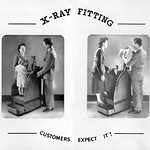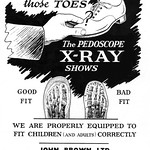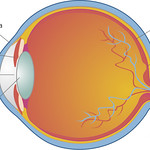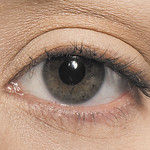Eye Tracking the User Experience
A Practical Guide to Research
Eye tracking is a widely used research method, but there are many questions and misconceptions about how to effectively apply it. Eye Tracking the User Experience—the first how-to book about eye tracking for UX practitioners—offers step-by-step advice on how to plan, prepare, and conduct eye tracking studies; how to analyze and interpret eye movement data; and how to successfully communicate eye tracking findings.
Eye tracking is a widely used research method, but there are many questions and misconceptions about how to effectively apply it. Eye Tracking the User Experience—the first how-to book about eye tracking for UX practitioners—offers step-by-step advice on how to plan, prepare, and conduct eye tracking studies; how to analyze and interpret eye movement data; and how to successfully communicate eye tracking findings.
Testimonials
Table of Contents
Chapter 1: Eye Tracking: What’s All the Hoopla?
Chapter 2: To Track or Not to Track
Chapter 3: Eye Trackers and Other Necessary Resources
Chapter 4: Time to Roll Up the Sleeves
Chapter 5: Combining Eye Tracking with Other Methods
Chapter 6: Verbal Protocols and Eye Tracking
Chapter 7: Eye Tracking Measures
Chapter 8: No Participants, No Study
Chapter 9: It’s Tracking Time!
Chapter 10: Data Extraction and Preparation
Chapter 11: Eye Tracking Data Visualizations
Chapter 12: Qualitative Data Analysis
Chapter 13: Quantitative Data Analysis
FAQ
These common questions about eye tracking and their short answers are taken from Aga Bojko’s book Eye Tracking the User Experience: A Practical Guide to Research. You can find longer answers to each in your copy of the book, either printed or digital version.
- Do I need eye tracking in my research?
It’s like asking “Do I need a microscope?” You don’t need one to see the dust bunnies under your bed, but you do if you want to find a dust mite. It all depends on what you are looking for. So maybe you do need eye tracking, maybe you don’t.Let Chapter 2 be the judge.












